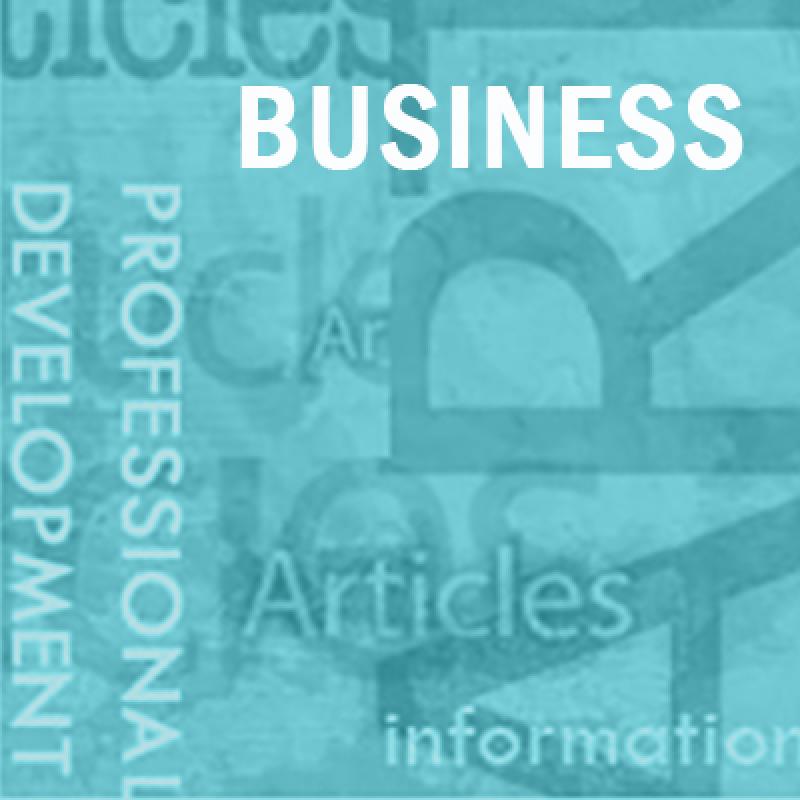Most quilters are familiar with the term “copyright,” but many probably do not know or understand much about the copyright laws, or how those laws relate to them. This article explains the basic concepts of copyright law and shows how the copyright laws can apply in real-life situations involving quilts and quilters.
Copyright in general
Copyright is a system of federal law that protects against the unauthorized copying or other use of various types of creative works. Works eligible for protection under copyright include patterns, diagrams and instructions for making quilts, written materials that talk about quilts and the making of quilts, and quilt designs, regardless of whether those designs appear in a pattern or diagram for the quilt, in a software program that lets the user make the quilt, or in the quilt itself.
Obtaining a copyright
The only actions required to obtain a copyright are creation and fixation. A copyright comes into being upon the creation of an original work, and the fixation of that work in some tangible medium of expression. “Original” simply means that the work is original with the creator, and has not been copied from any other source. “Fixed” means that the work is not just in the creator’s mind, but has instead been reduced to some form from which it can be perceived by others. A work that is printed on paper, stored as a computer file, or sewn into fabric is “fixed” for purposes of copyright law.
Scope of copyright protection
“Expression” describes what is protected by copyright. Copyright protects a creator’s expression of an idea or a concept, but it does not protect the idea or concept itself. For example, if a quilter creates a quilt design that features a rising sun, and fixes that design either by sketching it on a pattern or by sewing it into a quilt, the design will be protected by copyright. However, the copyright in the design will only protect that particular design created by the quilter. It will not protect the quilter’s idea for incorporating a rising sun into a quilt design, and another quilter may create another design that features a rising sun, as long as that other design is not copied from the first quilter’s design.
The rights under copyright
The term “copyright” is somewhat misleading, in that a copyright is not just a single right, but is actually a bundle of rights. The copyright in a work includes the right to make copies of that work, the right to distribute copies of the work to the public, the right to display the work to the public, and the right to create other works based on or derived from the work. Subject to certain exceptions, anyone who exercises any of the rights in a copyright without the permission of the copyright owner has committed copyright infringement.
Copyright ownership
In most cases, the person who creates an original work will be the owner of the copyright in that work. If two or more people participate in the creation of a work — meaning that each contributes some copyrightable material, rather than merely contributing ideas or suggestions — then each person will be an equal co-owner of the copyright, unless the contributors agree to some other percentages for sharing ownership. The only exception to the “creator as owner” rule is something called work made for hire. A work will be a work made for hire if the work is created by an employee as part of his or her employment duties, or if the work falls into one of the nine work for hire categories listed in the Copyright Act and is covered by a written work made for hire agreement signed by the person who created the work. If a work is a work made for hire, then the employer or other person who hired the creator of the work will be the owner of the copyright in that work.
Copyright registration
As noted above, the copyright in a work comes into being upon the creation and fixation of that work. The registration of the copyright with the U.S. Copyright Office is not required. However, registration conveys certain benefits to the copyright owner. A copyright owner cannot sue for copyright infringement unless the copyright has been registered. While it is possible to register a copyright after the infringement has occurred and then commence a lawsuit, it is usually more efficient to have the registration in place beforehand. In addition, if the copyright has been registered prior to the time the infringement occurs, the copyright owner will be entitled to seek statutory damages for the infringement, rather than having to prove actual damages or losses, and will be entitled to recover attorneys’ fees and costs. This can put the copyright owner in a substantially stronger position when it comes to stopping the infringement and negotiating a settlement.
Copyright duration
The copyright in a pattern, design or other work created by an individual and not created as work made for hire will run for a term equal to the creator’s life plus 70 years. If the work was created by two or more individuals, the term of copyright will extend through the last surviving creator’s life plus 70 years. If the work is a work made for hire, the term of copyright will be 95 years from first publication (i.e., the distribution of copies of the work to the public), or 120 years from creation, whichever expires first. These rules apply to works created on or after January 1, 1978. Works published prior to January 1, 1923 are no longer protected by copyright, and are referred to as being in the public domain. The rules for works between 1923 and 1978 are somewhat complex, and several factors must be reviewed to determine the copyright status of any work created or first published during this period.
Transfers of copyright
The rights under copyright are divisible into an almost infinite number of sub-rights. A copyright owner can transfer the entire copyright, or the owner can license one or more of the sub-rights included in that copyright, for whatever term the owner chooses. For example, a quilter who has created a quilt pattern could grant a pattern book publisher the right to copy and publish the pattern, in the publisher’s pattern book, to be sold in the United States and Canada, for as long as the book remains in print, and could grant another pattern book publisher the right to copy and publish the pattern in a book to be sold in Europe, for a term of ten years. The quilter could also grant a fabric company the right to use the quilt design shown in the pattern on bolt fabric to be sold throughout the world, for a term of three years, and could grant a linen company the right to use the design on bedsheets for a term of five years.
Assignment versus license
A grant of the entire copyright in a work is referred to as an assignment. A grant of one or more of the rights under copyright is usually referred to as a license. A license can be exclusive or nonexclusive. Under an exclusive license, the rights covered by the license may be exercised only by the person to whom the license has been granted (the “licensee”). During the term of the license, the copyright owner may not exercise any of the rights granted to the licensee, and may not authorize any other person to exercise any of those rights.
Under a nonexclusive license, the licensee is authorized to exercise the rights covered under the license, but the copyright owner may also exercise those rights, and may authorize others to exercise those rights on a nonexclusive basis. In most cases, a quilter should not assign the copyright to any quilt patterns, diagrams, instructions or designs. Instead, the quilter should grant licenses covering only those rights that will be exercised by the licensee. For example, if a magazine publisher only plans to reproduce and publish a quilt pattern and design in one issue of its magazine and in reprints of that issue, for distribution in the United States and Canada, then only these rights should be covered by the license granted to the magazine publisher, and the quilter should retain all other rights in the pattern and design.
A copyright is not a trademark Many people confuse copyrights and trademarks. As discussed above, a copyright is a bundle of rights in a creative work. A trademark is a word, symbol or other element that helps consumers to identify the source of the products or services with which the trademark is used, and to distinguish those products or services from similar products or services of others. Examples of trademarks include SINGER, for sewing machines, THIMBLEBERRIES, for quilt patterns, and AMERICAN QUILTER’S SOCIETY, for books about quilting.
David Koehser is an attorney who practices in the areas of copyright and trademark law. His clients include publishers, writers, artists, agents and designers. His offices are located in Minneapolis, Minnesota, and he can be reached at (612) 204-4567, or through his web site, at www.dklex.com. This article is for educational purposes only, and is not intended as legal advice.


